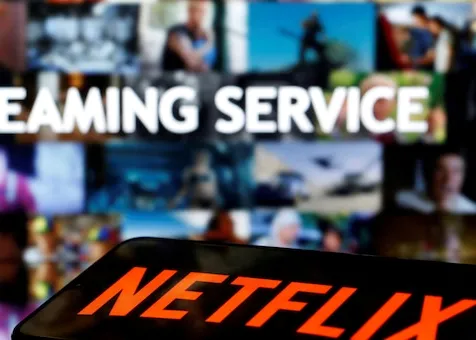Netflix expands password sharing protection globally
Netflix on Tuesday expanded its crackdown on users who share passwords with people outside their immediate family as it seeks to boost revenue for the leading streaming TV service.
“The Netflix account is for one household,” the company said in a statement.
Netflix said earlier this year that more than 100 million households shared an account on the service, which “affects our ability to invest in great new TV and movies.”
Netflix has experimented with “borrower” or “split” accounts, which allow subscribers to add users at a higher cost or transfer viewing profiles to different accounts in a few markets. On Tuesday, it announced it would expand the policy to more than 100 countries.
When Netflix’s growth cooled last year, the Silicon Valley-based streaming company began encouraging people who watched for free with shared passwords to start paying for the service without alienating subscribers.
“This account co-initiative will help us capture a larger number of potential paying members and grow Netflix over the long term,” CEO Ted Sarandos said on the earnings call.
The streaming television giant recently told financial analysts that it had delayed the widespread sharing of account passwords “to improve the member experience.”
Netflix said it ensures that subscribers have seamless access to the service away from home or on different devices, such as tablets, televisions or smartphones.
Netflix announced in April that its subscriber base reached a record high of 232.5 million in the first quarter of the year and that its nascent ad-supported tier was doing well.
The company said in a recent presentation to advertisers that it had more than 5 million subscribers on its ad-supported tier.
Insider Intelligence has predicted that this year, for the first time, US adults will spend more time watching digital video on platforms like Netflix, TikTok and YouTube than watching traditional television.
Market monitoring estimates that the share of “linear television” in daily viewing is less than half for the first time.
Read all the Latest Tech News here.




